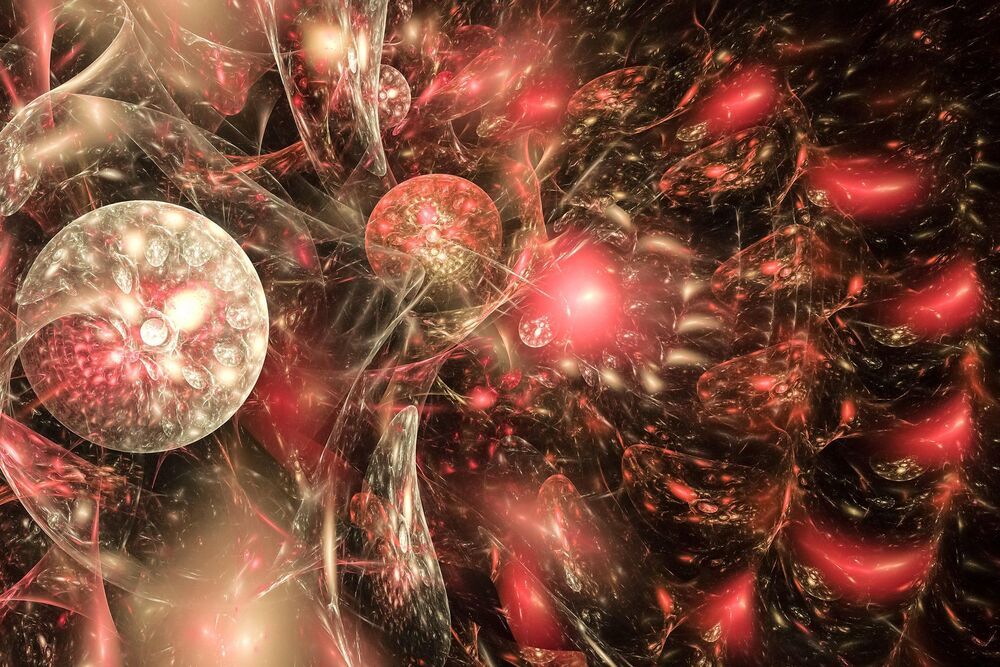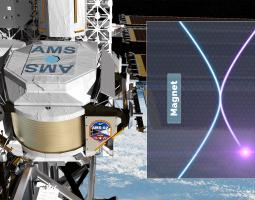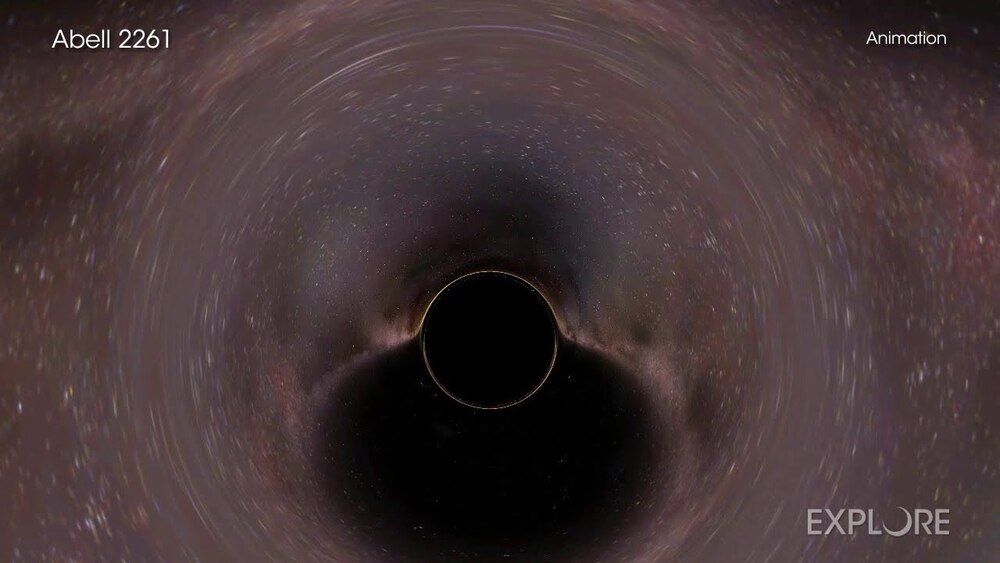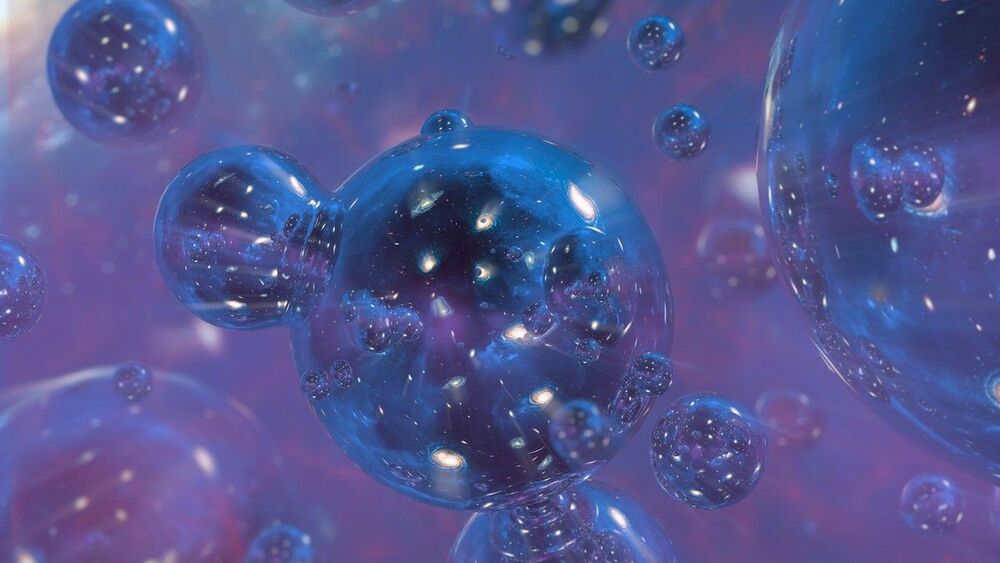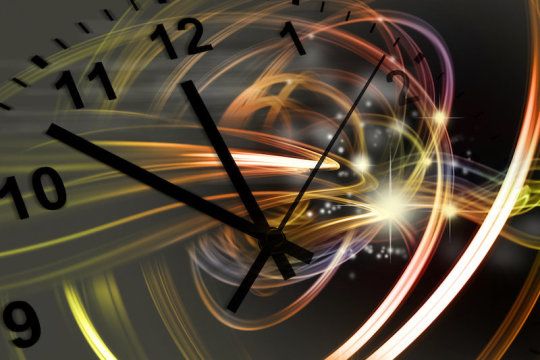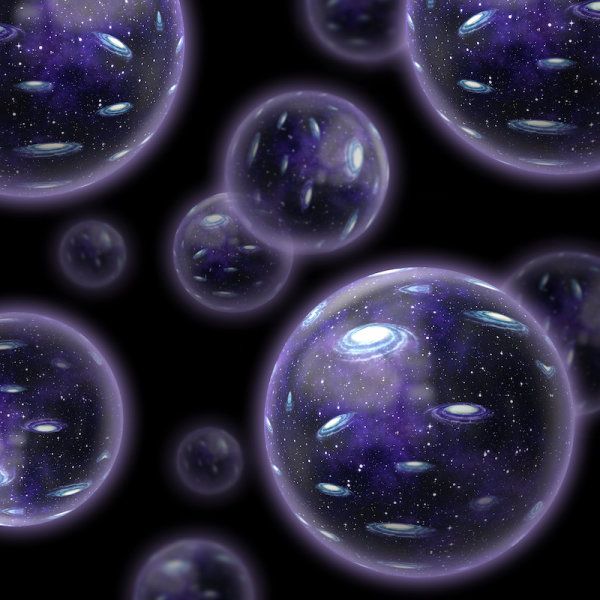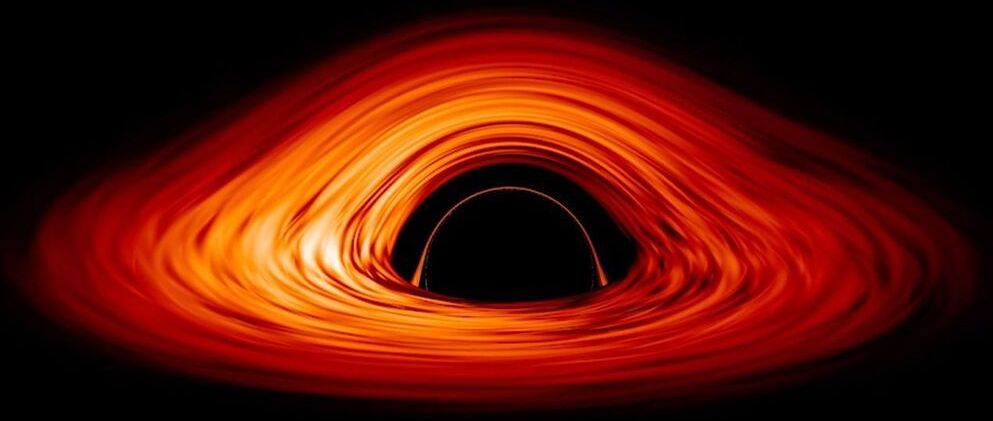Experts in probability have spotted a logical flaw in theorists’ reasoning.
Category: cosmology – Page 315
Dark Energy, Dark Matter
Posted in cosmology
Science Mission Directorate
What is dark energy? More is unknown than is known — we know how much there is, and we know some of its properties; other than that, dark energy is a mystery — but an important one. Roughly 70% of the Universe is made of dark energy. Dark matter makes up about 25%. The rest — everything on Earth, everything ever observed with all of our instruments, all normal matter adds up to less than 5% of the Universe. Then again, maybe it shouldn’t be called “normal” matter since it is a small fraction of the Universe!
A new study shows that not even cosmology can verify Einstein’s assumption about the speed of light.
Special relativity is one of the most strongly validated theories humanity has ever devised. It is central to everything from space travel and GPS to our electrical power grid. Central to relativity is the fact that the speed of light in a vacuum is an absolute constant. The problem is, that fact has never been proven.
When Einstein proposed the theory of relativity, it was to explain why light always had the same speed. In the late 1800s it was thought that since light travels as a wave it must be carried by some kind of invisible material known as the luminiferous aether. The reasoning was that waves require a medium, such as sound in air or water waves in water. But if the aether exists, then the observed speed of light must change as the Earth moves through the aether. But measurements to observe aether drift came up null. The speed of light appeared to be constant.
Einstein found that the problem was in assuming that space and time were absolute and the speed of light could vary. If instead, you assumed the speed of light was absolute, space and time must be affected by relative motion. It’s a radical idea, but it’s supported by every measurement of light’s constant speed.
Astronomers are searching for signs of a supermassive black hole in the galaxy cluster Abell 2261. Nearly all large galaxies contain central black holes, and the galaxy in the middle of Abell 2261 is expected to contain a particularly massive one.
When magnetic fields around a black hole reconnect, they can slow down plasma particles near the event horizon, which cause the black hole to lose energy when it swallows them.
A new study theorizes that black holes made of collapsed universes originate dark matter, and our own universe may look like a black hole to outsiders.
The Sachdev-Ye-Kitaev (SYK) model, an exactly solvable model devised by Subir Sachdev and Jinwu Ye, has recently proved useful for understanding the characteristics of different types of matter. As it describes quantum matter without quasiparticles and is simultaneously a holographic version of a quantum black hole, it has so far been adopted by both condensed matter and high-energy physicists.
Researchers at University of Pisa and the Italian Institute of Technology (IIT) have recently used the SYK model to examine the charging protocols of quantum batteries. Their paper, published in Physical Review Letters, offers evidence of the potential of quantum mechanical resources for boosting the charging process of batteries.
“Previous theoretical studies laid down the idea that entanglement can be used to greatly speed up the charging process of a quantum battery,” Davide Rossini and Gian Marcello Andolina, two of the researchers who carried out the study, told Phys.org, via email. “However, a concrete solid-state model displaying such fast charging was missing, until now.”
A newly-designed atomic clock uses entangled atoms to keep time even more precisely than its state-of-the-art counterparts. The design could help scientists detect dark matter and study gravity’s effect on time.
Such primordial black holes (PBHs) could account for all or part of dark matter, be responsible for some of the observed gravitational waves signals, and seed supermassive black holes found in the center of our Galaxy and other galaxies. They could also play a role in the synthesis of heavy elements when they collide with neutron stars and destroy them, releasing neutron-rich material. In particular, there is an exciting possibility that the mysterious dark matter, which accounts for most of the matter in the universe, is composed of primordial black holes. The 2020 Nobel Prize in physics was awarded to a theorist, Roger Penrose, and two astronomers, Reinhard Genzel and Andrea Ghez, for their discoveries that confirmed the existence of black holes. Since black holes are known to exist in nature, they make a very appealing candidate for dark matter.
The recent progress in fundamental theory, astrophysics, and astronomical observations in search of PBHs has been made by an international team of particle physicists, cosmologists and astronomers, including Kavli IPMU members Alexander Kusenko, Misao Sasaki, Sunao Sugiyama, Masahiro Takada and Volodymyr Takhistov.
To learn more about primordial black holes, the research team looked at the early universe for clues. The early universe was so dense that any positive density fluctuation of more than 50 percent would create a black hole. However, cosmological perturbations that seeded galaxies are known to be much smaller. Nevertheless, a number of processes in the early universe could have created the right conditions for the black holes to form.
Scientists hope to answer three specific questions: Do the observed black holes really have event horizons? Are they as featureless as the no-hair theorem says? And do they distort spacetime exactly as the Kerr metric predicts?
How do you prove that you’re observing a bizarre, featureless hole in the fabric of space and time?
